Hi there, pet lovers! 🐟
For aquarists seeking a truly extraordinary pet, few creatures captivate like the freshwater stingray (Potamotrygonidae). These elegant, disk-shaped marvels bring a touch of the exotic to advanced hobbyists’ tanks, combining striking beauty with surprising interactivity. But their care is not for the faint of heart—requiring meticulous water management, spacious setups, and a deep understanding of their needs.
In this comprehensive guide, we’ll explore everything you need to know about keeping freshwater stingrays, from their unique biology to the realities of daily care. Whether you’re a seasoned fishkeeper or simply intrigued by these aquatic wonders, this review will help you decide if a stingray is the right addition to your underwater world.
Overview
Freshwater stingrays are benthic (bottom-dwelling) cartilaginous fish native to South American rivers. Known for their flat, circular bodies and whip-like tails (armed with a venomous barb), they’re among the few true chondrichthyans (sharks/rays) that thrive in freshwater aquariums. Here’s a quick summary:
- Handling and Temperament: Surprisingly interactive but never handle out of water. Can be hand-fed; barbs require caution.
- Care and Maintenance: Demanding—200+ gallon tanks, pristine water, and specialized filtration are mandatory.
- Health and Durability: Hardy if conditions are perfect, but sensitive to poor water quality and stress.
- Availability: Captive-bred specimens are preferred; check local laws (illegal in some areas).
- Cost: High initial investment ($$$ for setup, $$$$ for rare morphs).
Overall: A rewarding but high-maintenance pet for experienced aquarists only.
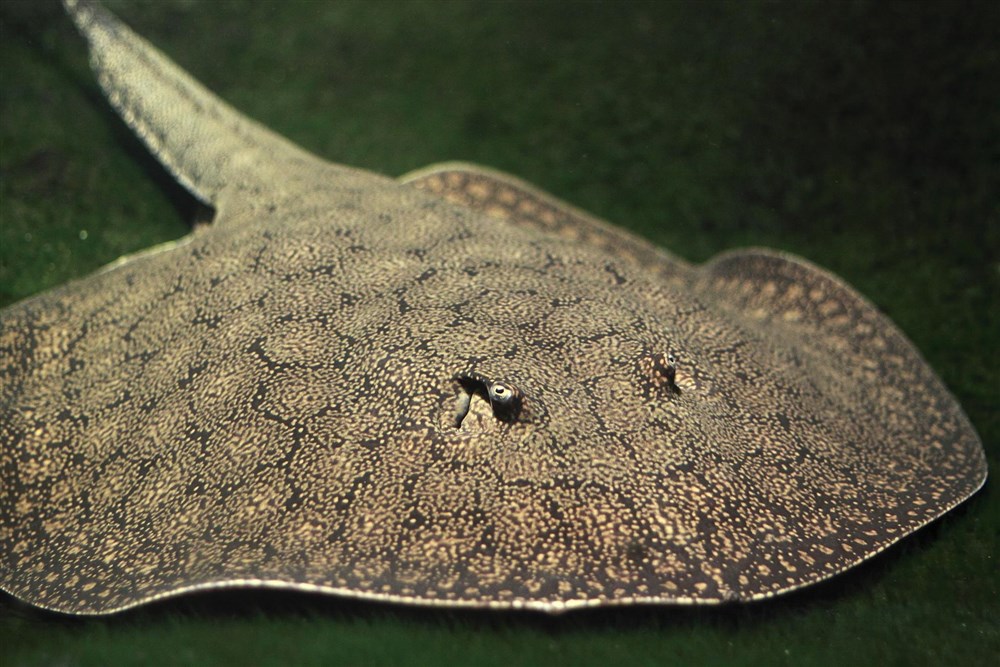
Why Choose a Freshwater Stingray?
Freshwater stingrays are mesmerizing pets that stand out for their:
- Unmatched Elegance: Their graceful gliding and intricate patterns (spots, stripes, or marbled morphs) make them living art.
- Interactive Potential: Many learn to recognize owners and accept food from hands.
- Rarity: Few pets rival the “wow” factor of a thriving stingray.
However, they’re not beginner pets. Their care demands precision, patience, and budget.
Handling and Temperament
Personality and Interaction
Stingrays are curious and trainable, often approaching the tank glass when their keeper is near. They can distinguish between humans and may even respond to feeding cues.
Key Behaviors to Expect
- Hand-Feeding: They’ll gently take food (e.g., shrimp, worms) from fingers—always supervise.
- Exploratory Movements: They “fly” along substrate, bury themselves in sand, and investigate decor.
- Defensive Reactions: If threatened, they may lash their barbed tail (rare but serious).
Safety Guidelines
- Never Remove from Water: They lack lungs and will suffocate.
- Avoid Sudden Movements: Stress can trigger tail strikes.
- Barb Awareness: While not aggressive, their sting is painful and venomous. Always use caution during tank maintenance.
Note: Unlike geckos (which drop tails), a stingray’s barb regrows if lost, but it’s best avoided.
Care and Maintenance
Tank Setup
- Minimum Size: 200+ gallons (larger for species like Potamotrygon motoro).
- Shape: Wide and shallow (priority on floor space, not height).
- Substrate: Fine sand (they bury themselves; avoid sharp gravel).
- Filtration: Canister filters or sumps—must handle heavy bioload.
- Decor: Smooth rocks, driftwood, and open swimming areas.
Water Conditions
- Temperature: 75–82°F (stable—use a caged heater).
- pH: 6.5–7.5 (slightly acidic to neutral).
- Ammonia/Nitrite: ZERO tolerance (test weekly; stingrays are sensitive).
- Nitrates: Keep below 20 ppm (frequent water changes essential).
Feeding
- Diet: Carnivorous—offer live/frozen shrimp, earthworms, and fish fillets.
- Frequency: Daily to every other day (juveniles need more frequent meals).
- Supplements: Occasionally dust food with calcium/vitamins for captive-bred rays.
Pro Tip: Avoid tankmates that nip (e.g., plecos) or compete for food.
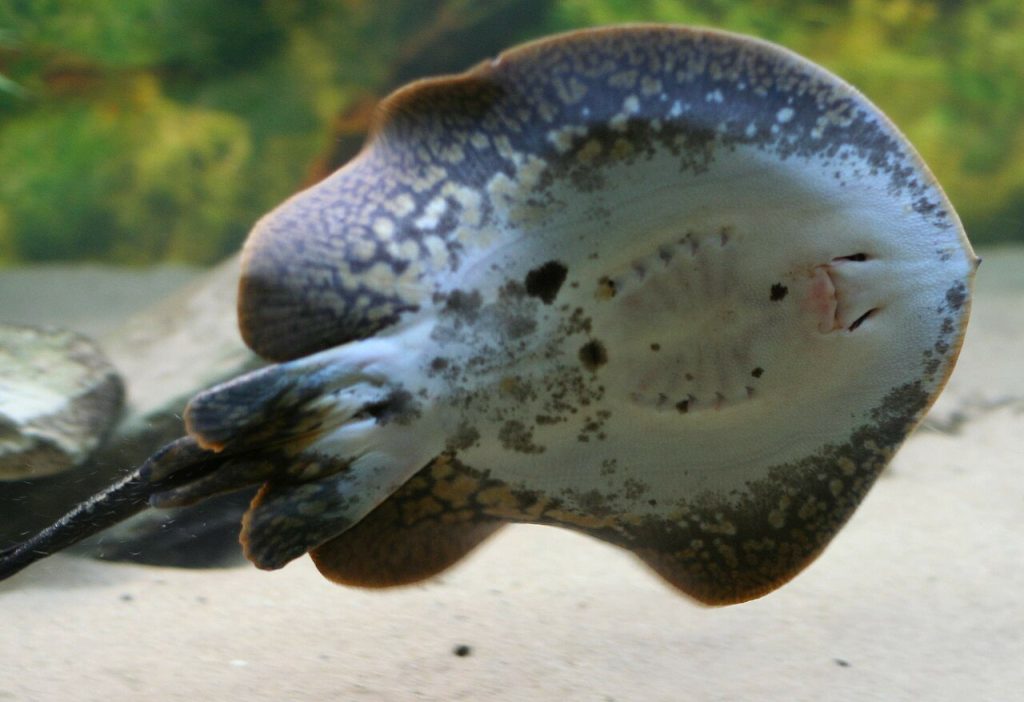
Health and Durability
Common Health Issues
- Ammonia Poisoning: Gasping, lethargy—test water immediately.
- Bacterial Infections: Cloudy eyes or ulcers (often from poor water quality).
- Abrasions: Sand or decor scratches their delicate undersides.
Preventative Care
- Quarantine New Rays: 4+ weeks to observe for parasites.
- Monitor Behavior: Loss of appetite or erratic swimming signals trouble.
- UV Sterilization: Helps control pathogens in large systems.
Lifespan: 10–15 years (with optimal care).
Availability and Cost
Where to Buy
- Reputable Breeders: Preferred for healthier, acclimated rays.
- Expos/Specialty Stores: Occasionally stock juveniles (avoid wild-caught).
Pricing
- Common Species: $100 to $500 (e.g., Potamotrygon leopoldi).
- Rare Morphs: $1,000 to $5,000+ (e.g., “Black Diamond” rays).
- Setup Costs: $2,000+ (tank, filters, heaters, etc.).
Legal Note: Banned in some U.S. states (e.g., California, Arizona).
Pros and Cons
Pros
- Breathtakingly unique centerpiece fish.
- Interactive and trainable with patience.
- Captive breeding reduces wild collection.
Cons
- Extremely high maintenance (water quality is non-negotiable).
- Expensive upfront and long-term.
- Not safe for households with small children/pets.

Final Thoughts
Freshwater stingrays are a pinnacle achievement for dedicated aquarists—offering unrivaled beauty and rare interaction. But their care is a full-time commitment, blending advanced husbandry with significant costs.
For the right keeper, a thriving stingray is a living masterpiece. For others, a planted community tank might be wiser.
Have questions? Share them below—we’re happy to help! And if you’re ready for the challenge, start planning that 200-gallon dream tank today.
Share your experiences and tips in the comments below! We’d love to hear how you care for your pet and what makes them special to you.
Want more deep dives into exotic pets? Subscribe for guides on aquatic oddities, reptiles, and beyond! 🐟✨

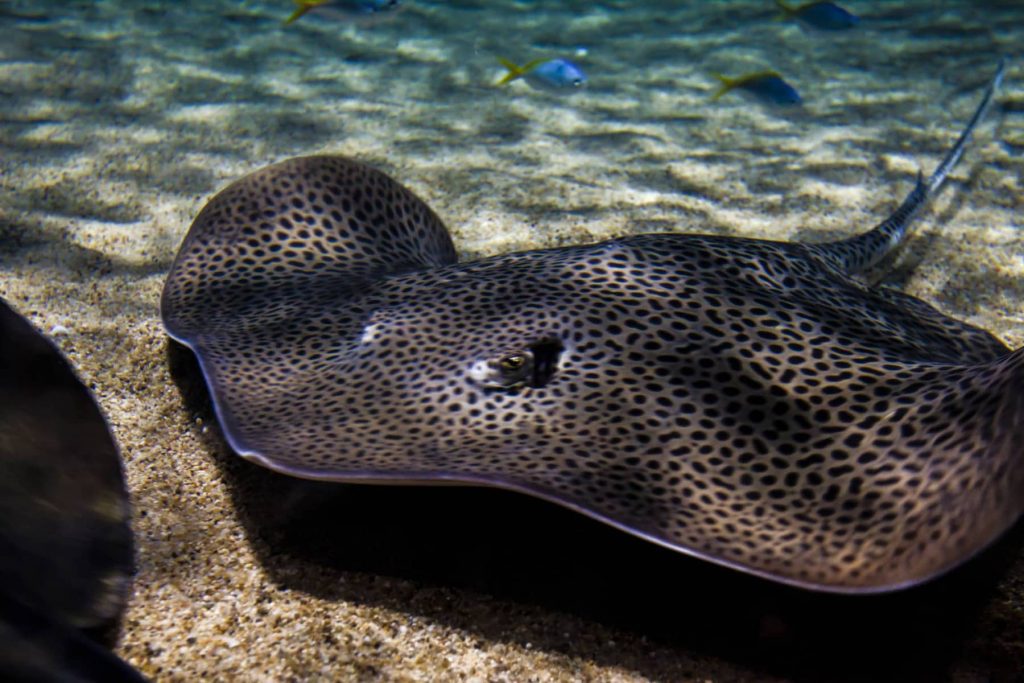

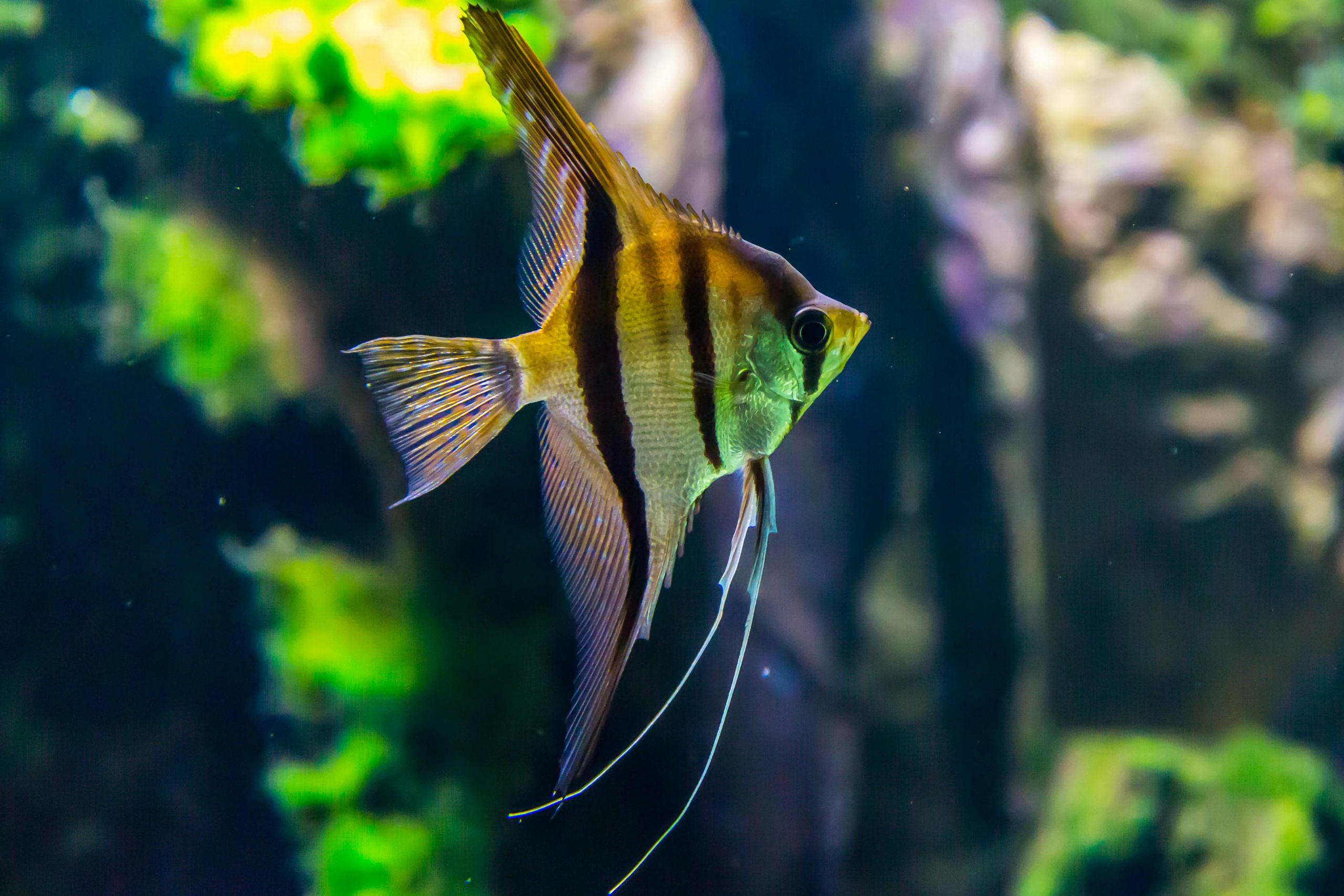
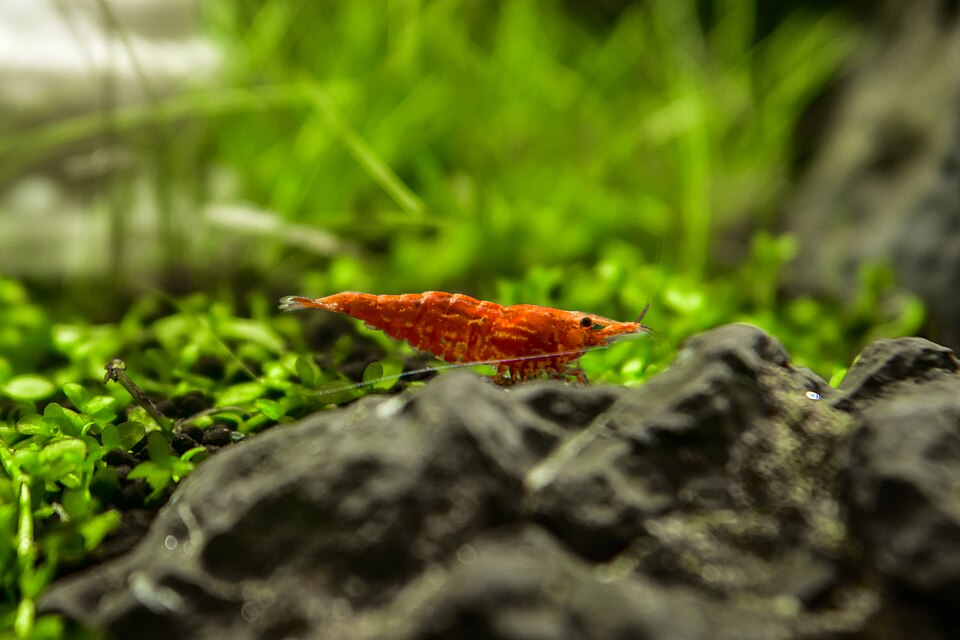

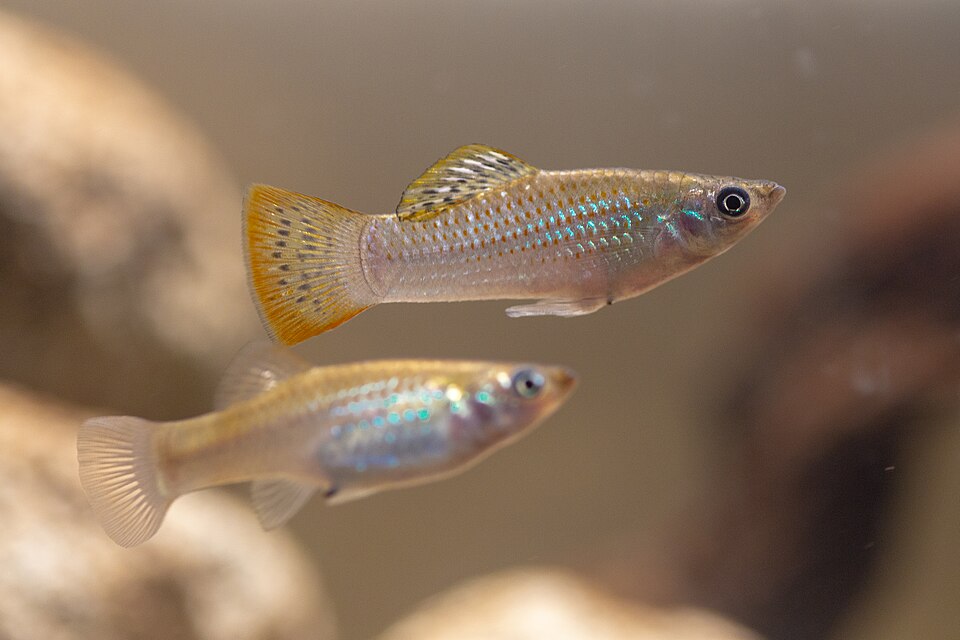
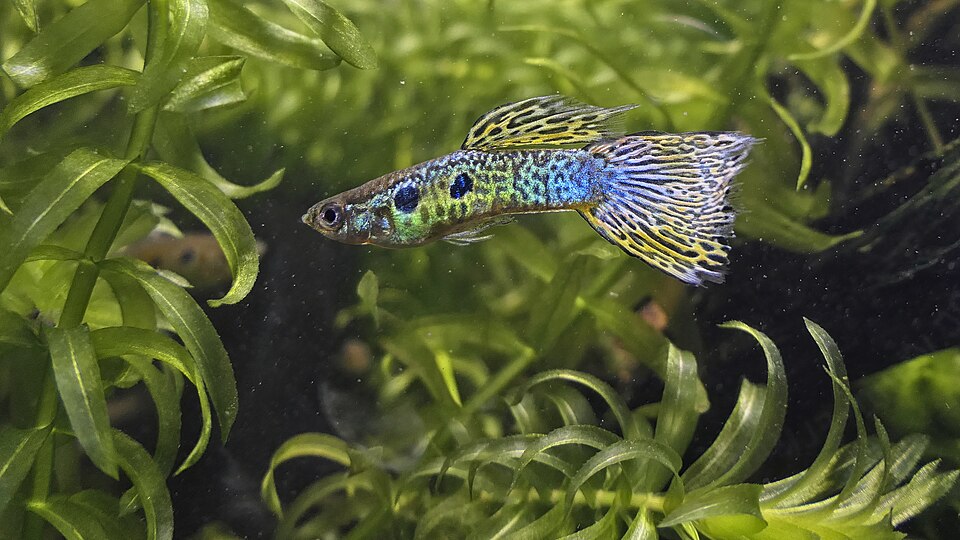
Leave a Reply